Beetles In Ohio
This post contains links to affiliate websites, such as Amazon, and we receive an affiliate commission for any purchases made by you using these links.
There are over 170 species of beetles in Ohio! Beetles are the most common insect in the world. The 10 species of beetles we have chosen are all different in their own special way.
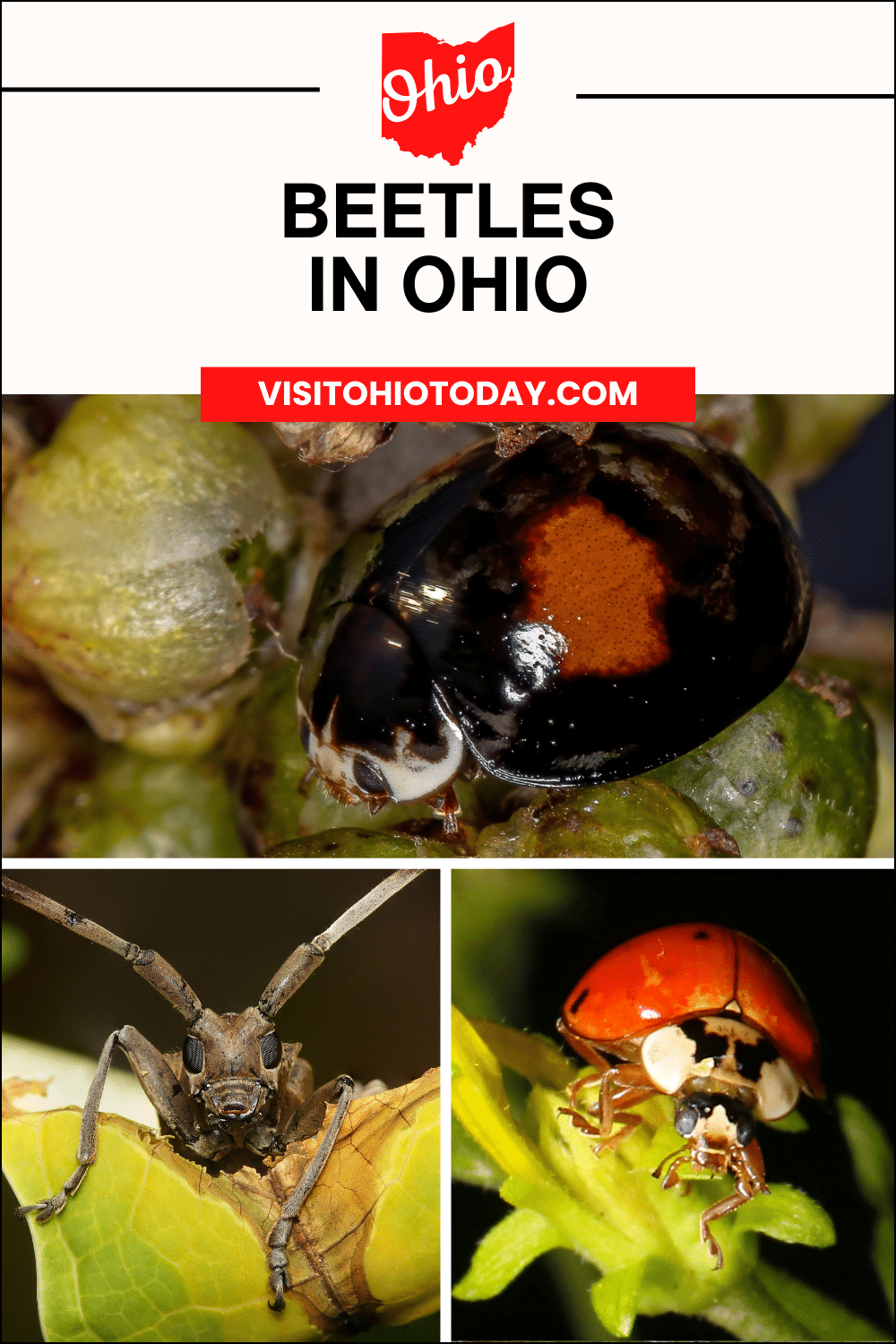
About Beetles
There are over 300,000 known species of beetles in the world, and it is anyone’s guess how many others are waiting to be discovered!
Beetles are valuable insects in many ways. They are decomposers, especially in woodlands and forests. Beetles are predators of other, nuisance insects, such as aphids and caterpillars. For this reason, ladybugs are available to purchase for agriculturalists to keep their crops free from harmful insects.
However, beetles can also be destructive, especially to trees, and some species are detrimental to farmers and their crops and stored goods. With so many varieties, it is no wonder they are both good and bad!
Acorn Weevil
The Acorn Weevil is a brown color and it has a long snout. This can be compared to an elephant’s trunk. It also has a small amount of yellow coloring. Also known as a Nut Weevil.
Check out this short video starring the Acorn Weevil:
Ant-Like Longhorn Beetle
This beetle comes in various color forms and as the name suggests, it looks very much like an ant and it has very similar mannerisms as well.
Asian Multi-Colored Lady Beetle
The Asian Multicolored Lady Beetles is an invasive beetle that landed on our shores in the 1970s. Asian Multicolored Lady Beetles are known to mimic Ohio’s native Lady Beetles. Also known as the Asian Ladybug.
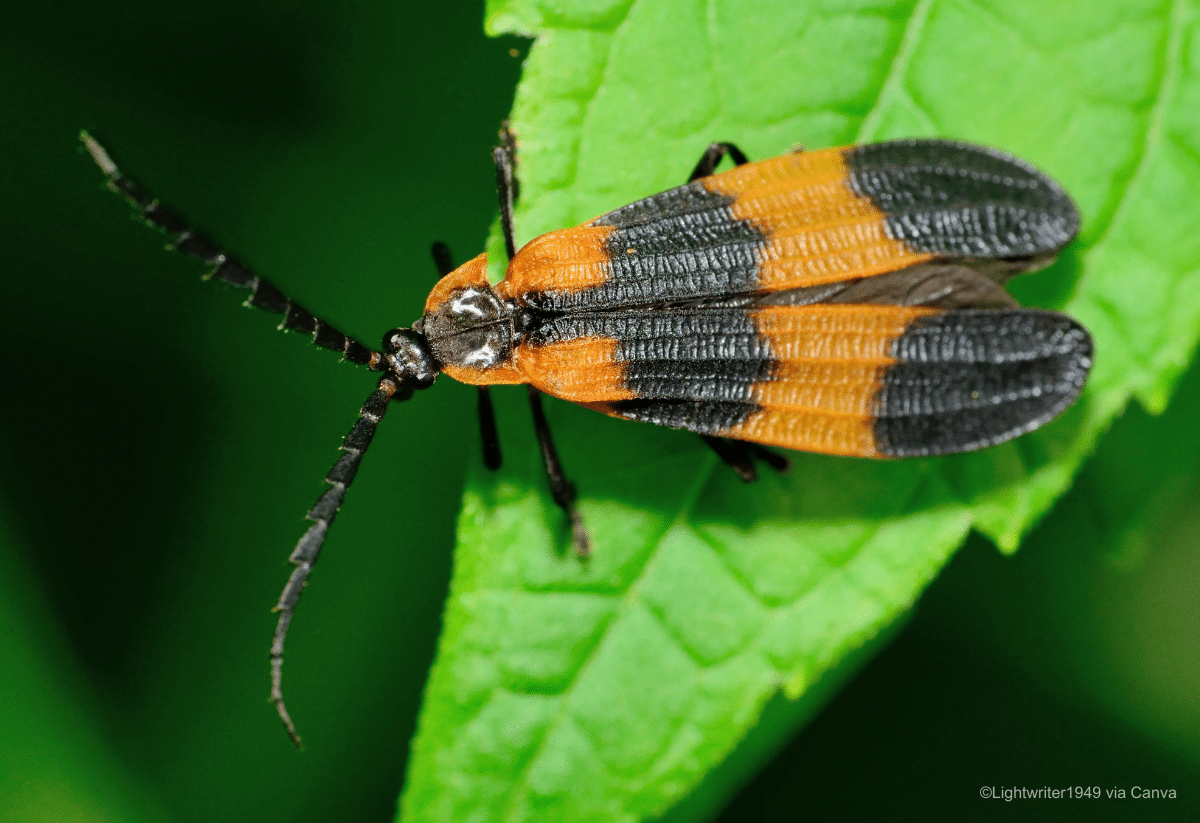
Banded Net-Winged Beetle
The Banded Net-Winged Beetle can pass as a very colorful moth, with large orange and black bands that cover the wings. Lots of small veins on the wings make them look like netting – this is how they got their name.
Black Caterpillar Hunter Beetle
The Black Caterpillar Hunter, as the name suggests, feeds on caterpillars. This beetle is a night hunter. When in danger it can deploy a chemical that scares predators away. Found in gardens and woodlands, the Black Caterpillar Hunter Beetle can be difficult to see at night, but they are attracted to light. The typical size of this beetle is 0.9 to 1.1 inches (25mm to 28mm).
Ashy Gray Lady Beetle
This unique beetle has two color forms. Both insects have dome-like bodies and a very glossy sheen. One of the colors is grey and has small black dots on it. These beetles are not common and when seen they are very striking. The other insect is black and it has orange dots. This looks similar to a twice-stabbed Lady Beetle.

American Oil Beetle
The American Oil Beetle is a blister beetle. These beetles are known to irritate human skin if they feel threatened. The American Oil Beetle is black with a satin, smooth sheen. In certain light, these beetles can also look blue.
A short video of an American Oil Beetle:
Big Dipper Firefly Beetle
The Big Dipper Firefly is a very common sight in Ohio. These fireflies illuminate the sky at night. The way they light up the sky and the science behind is very uncommon in the entire animal kingdom, it is a very special spectacle. As the firefly flies up and away it makes a streak in the night sky. It is the belly of the firefly that lights up.
Black Firefly Beetle
The Black Firefly is a little different from its cousins. They do not tend to light up as much, except for in the pupal stage. This is to prevent alerting its prey.
The wing coverings of this Black Firefly are not completely black. These beetles can be hard to spot as they are night insects. They are found in trees in woodland and parks. The Black Firefly is typically 0.2 to 0.5 inches (7mm to 13mm).
Banded Ash Borer Beetle
The Banded Ash Borer has circular bands of black and yellow. This makes this species of beetle look like a wasp. The body of this beetle is black, but it also has yellow markings. At the head, the beetle has a yellow collar and on the wing coverings, it has two large, yellow rings. The underside of the beetle has black and yellow stripes.
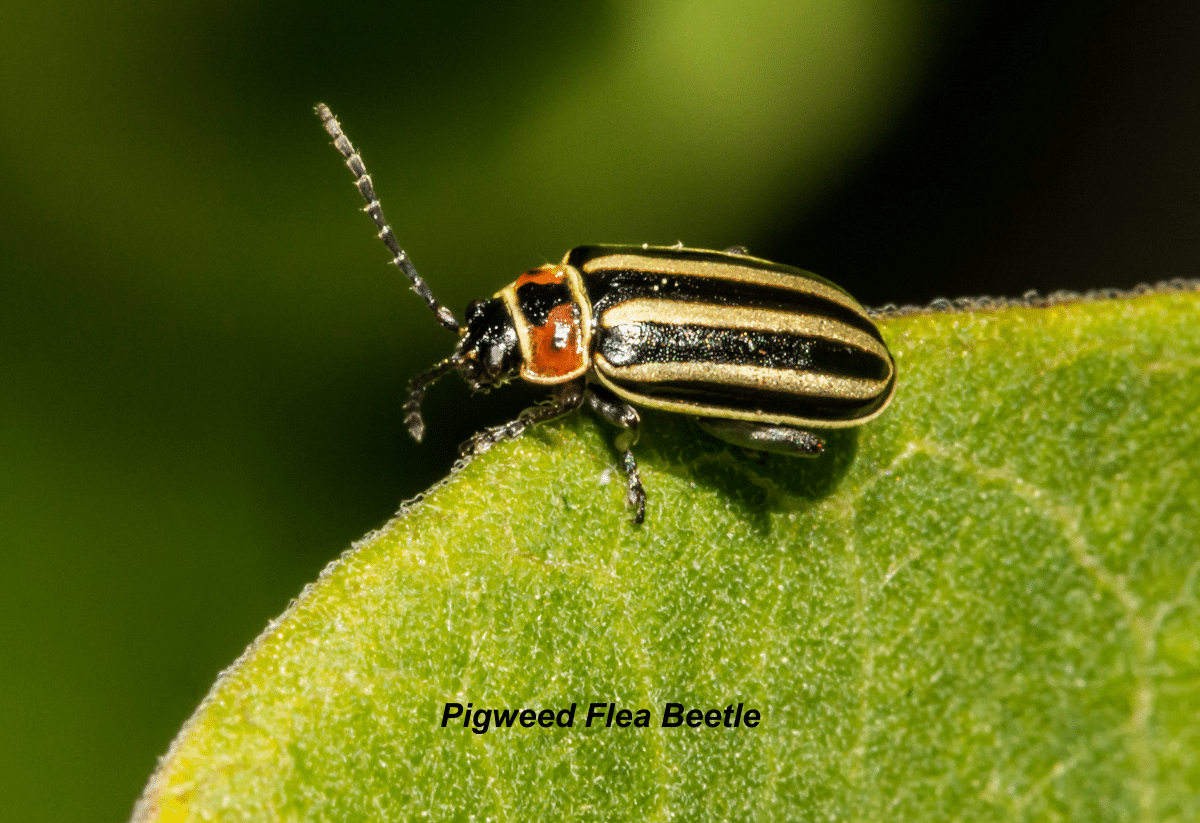
H2 or H3
- Drugstore Beetle
- Dung Beetle
- Fungus Weevil
- Larder Beetle
- Marsh Beetle
- Rice Beetle
- Soldier Beetle
- Spotted Cucumber Beetle
- Water Scavenger Beetle
- Whirligigs
If you want the full list of Beetles In Ohio, here is a great resource!
Cindy’s Insider Ohio Tips!
I am very interested in beetles; I personally think they are misunderstood! Some interesting facts are: most beetles only live for one year; beetles cannot see very well, so they communicate using sounds and vibrations; not all beetles are pests, ladybugs, for instance, are considered to be good luck in some cultures; there are 12,000 varieties of beetles in the US and over 300,000 known species in the world.
If you are an animal lover, check out these Hawks! Or maybe Salamanders are more your speed! Don’t forget to check out our article on Stink Bugs in Ohio too! We have lots of information, but if you think we have missed anything out, please let us know in the comments below!
Hello! We have done our very best to ensure that the accuracy of events, hours, addresses, etc, are up to date. Please know that information can change due to weather, updated health and safety challenges, etc. If you find incorrect information, please send us an email at [email protected], and we can get it updated.
To be updated and stay connected, subscribe to our newsletter.




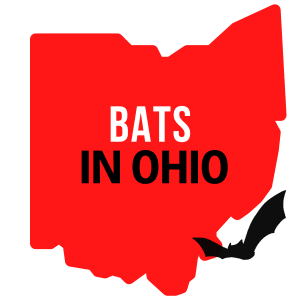


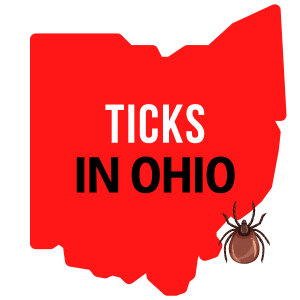

just wanted to share and find out more about a beetle I spotted in Reynoldsburg, Ohio.
Hello Lynne! Tell us more about the beetle you spotted!